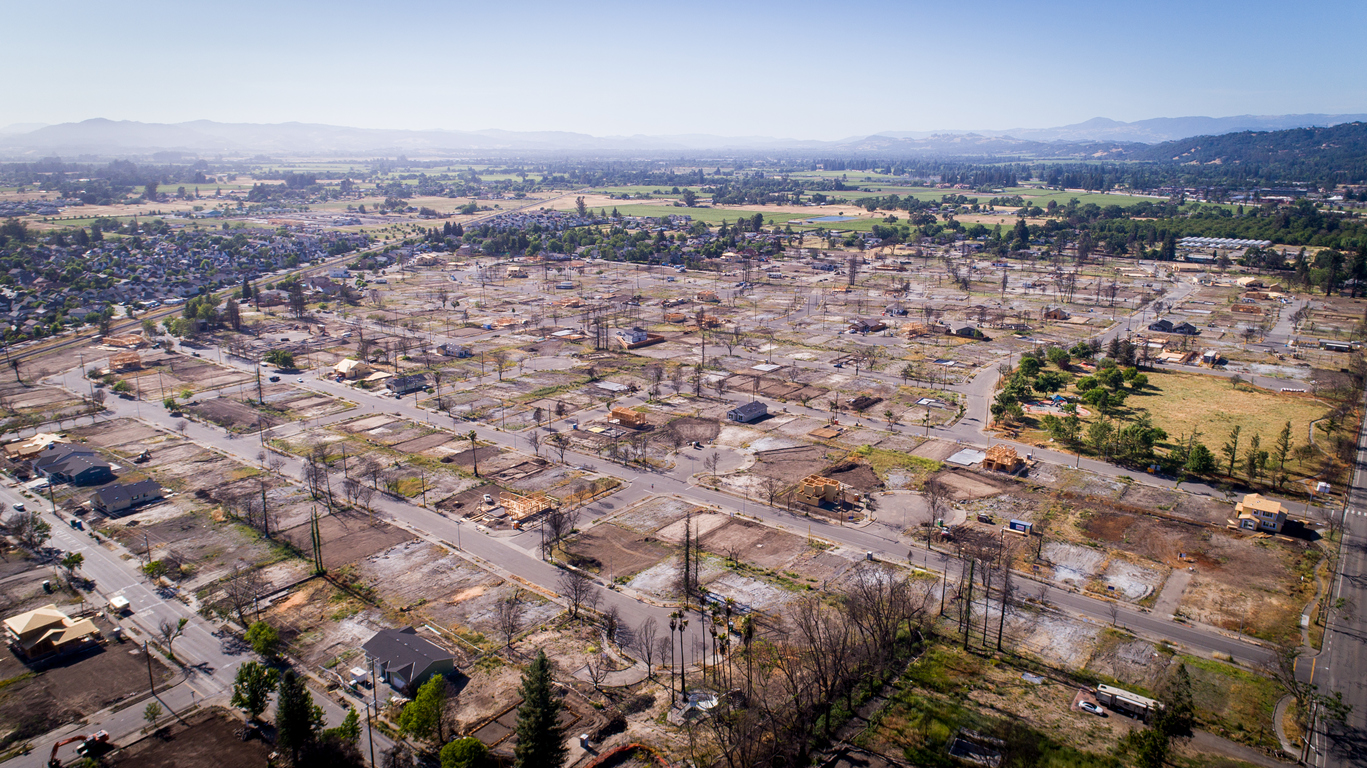Cathy Seifert, insurance analyst at CFRA Research, notes that more than 40,000 wildfires, mostly concentrated on the West Coast, have burned more 4.7 million acres through Sept. 8, based on the latest available data from the National Interagency Fire Center. That compares with about 35,000 fires and 4.2 million acres burned in the same period of 2019.
Last year was a light for insured wildfire losses at under $1 billion, but it followed two years of high losses. Insured losses in California alone totaled $13 billion in 2017, and the state’s Camp Fire cost $12 billion in 2018, according to AM Best, which offers credit ratings on insurers and provides data analytics.
In a report in late August titled “2020 California Wildfires May Lead to Further Spikes in Reinsurance Rates,” AM Best stated that California wildfires in 2020 could still be at least as costly as the 2017 wildfires.” The agency said the wildfires could spur reinsurance rate increases “on top of an already hardening market.”
In its report, AM Best noted that “the current wildfire season in California has been setting new records in terms of the number of fires and the acreage burned.” Of the 20 largest California wildfires, two fires this year, the LNU Lightning Complex event and the SCU Lightning Complex event, occupy the second and third spots in terms of acres burned.
Big California insurers include State Farm and Farmers Insurance Group.
In a note to Barron’s, CFRA’s Seifert said her wildfire loss estimate of under $3 billion could change if the direction of the West Coast fires shifts. Fires can be very costly for insurers since there are few ways for insurers to avoid paying fire claims, as compared with hurricane-related damage.
It is difficult at this stage to estimate insured losses from the West Coast fires, which generally have been away from expensive coastal areas. Seifert noted that with air-quality issues keeping many West Coast residents in their homes, there is the possibility of business interruption insurance claims as a result.













